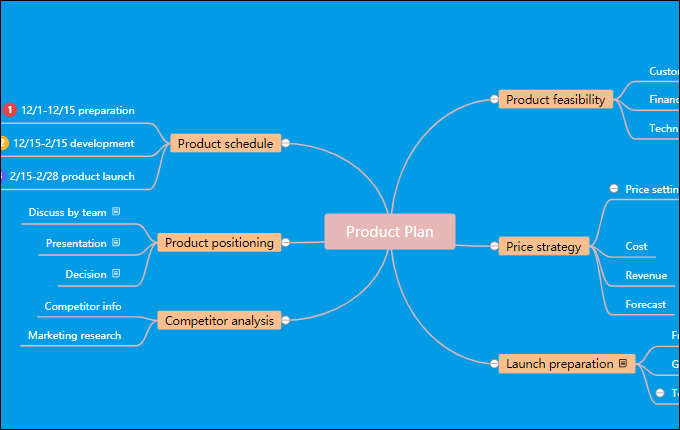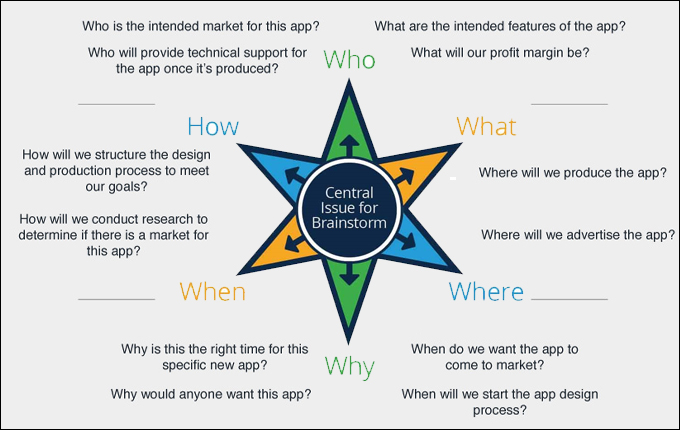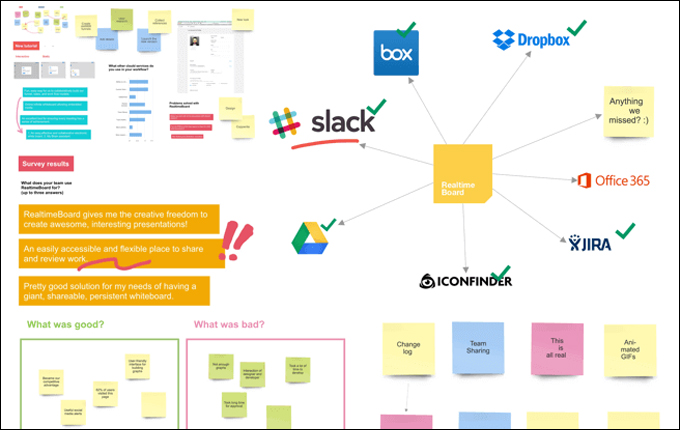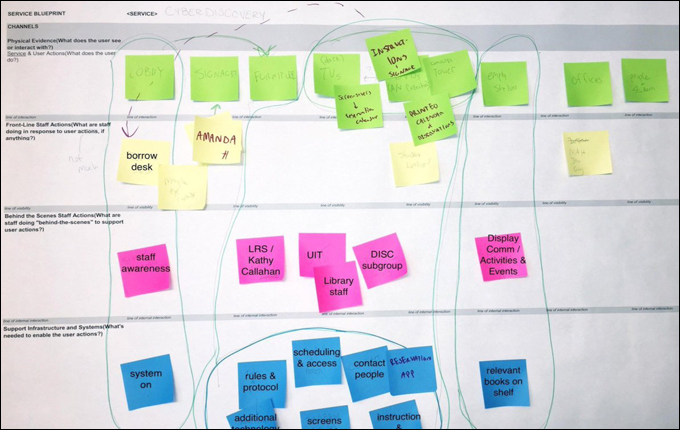
Brainstorming provides an open environment that encourages every individual in a team to participate. Moreover, this is an effective approach when solving complex problems. On the contrary, brainstorming sessions are often compromised due to unhelpful group behavior. Some group members experience fear of criticism, one-sided judgment, unrecognized ideas, and more. Hence, brainstorming techniques and strategies are developed to ensure everyone is participating in the session while keeping the ideas flowing. That being said, here are 15 effective techniques and tools for creative brainstorming sessions.

Brainstorming Techniques and Strategies that Work
- Mind Mapping
- Brainwriting
- Round Robin Brainstorming
- Role Storming
- Stepladder Technique
- Starbusting
- Brain-netting
- Charrette Procedure
- Rapid Ideation
- Reverse Thinking
- Slip Writing
- “What If” Brainstorming
- Change of Setting
- Figuring Storming
- Trigger Storming
Mind Mapping

Mind mapping creates a visual representation of ideas and terms that are related to each other. Through this technique, you can encourage participants to generate ideas or thoughts related to the main topic. Moreover, the team can categorize the information gathered and come up with well-rounded ideas. Also, there are tons of mind mapping tools online. One of them is GitMind, which is a well-known browser-based mind map. With its collaboration capability, teams can virtually brainstorm for free. Plus, you can export mind maps to different formats like PDF, PNG, etc.
Brainwriting
Some brainstorming strategies like Brainwriting works best with a quiet type of brainstorming. Each participant is given a piece of paper to write down ideas. Everything is anonymous so members are discouraged to include their names. Therefore, you can address the issue of team members who are afraid of sharing ideas out of fear to be unsupported by the group.
Round Robin Brainstorming
In Round Robin Brainstorming, every participant has a turn to share ideas. However, they have to wait for their turn to come. With it, you can prevent the dominant members of the team and express everyone’s thoughts. In addition, you can set some brainstorming rules along with this technique. For instance, someone’s idea is already mentioned. Try to encourage them to think of a new idea and not settle with the first idea.
Role Storming
Try to shake things up with the Role Storming technique. The concept is that members need to portray the characters involved in the business. This means everyone needs to participate by pretending to be clients or service providers which lower the team’s inhibition. Doing this allows the group to take the situation differently. And through the exchange of responses, you could pull out better ideas.
Stepladder Technique
Step Ladder is one of the best team brainstorming techniques you should employ in your session. It helps improve the group’s brainstorming by allowing one person at a time to contribute ideas. Initially, two people will share ideas together. By then, another person should join the discussion and express thoughts without being influenced by previous ideas.
Starbusting

This technique evaluates proposals by forming questions rather than answers. This is a valuable step because it ensures that all aspects of the project are addressed before the execution. That’s is why Startbusting is one of the most beneficial brainstorming strategies for teams.
Brain-netting

Another good brainstorming technique for teams is Brain-netting. This strategy uses technology to enhance your team’s ideas. It includes using online tools like Google Drive and cloud-based platforms like Stormboard to generate quality and unique ideas.
Charrette Procedure
With an increasing number of participants, a conventional brainstorming might not be good enough to manage the members and their ideas. One approach that can help address this limitation is Charrette Procedure. With it, you can divide a large number of people into groups brainstorm ideas one-after-the-other. Hence, Charette Procedure is considered as one of the best team brain-storming techniques.
Rapid Ideation
Rapid Ideation is also a great technique to level up team brainstorming sessions. Usually, a facilitator gives the context beforehand pertaining to the topic or product. On the other hand, participants will have to generate ideas for a limited time only. That means they don’t time to filter and think of ideas that most matter.
Reverse Thinking
By combining brainstorming and reversal techniques you can juice out even more creative ideas. How? Unlike other brainstorming techniques, the concept of this approach is to reverse the challenge. For instance, instead of asking “How do I solve the issue?”, ask “How could I possibly achieve the opposite effect?”. Either way, you will get an answer but the reverse thinking lets you see the potential solutions. Try it and see for yourself!
Slip Writing

Slip Writing is a simple yet effective brainstorming strategy. This is useful when you have a shy team member or not comfortable expressing ideas. Rather than speaking, members can contribute by writing down their ideas on a slip of paper. Similar to other brainstorming strategies, it gives an equal weight of opinions on both outspoken and quiet participants.
“What If” Brainstorming
What If brainstorming is an appreciative technique used to effectively expand on ideas. By simply asking “what if” you are obtaining an entirely new perspective or get a different view on the project. Furthermore, it allows you to perceive changes that might go along the way and prepare for it.
Change of Setting
Physical scenery is also a big factor to keep ideas flowing. Considering a new space for brainstorming session also affects how team members think, work, feel. Imagine doing these brainstorming techniques in the same room and with the same people. The environment might feel boring and uninspiring. Thus, try to find new scenery even for a short period of time and see the difference.
Figuring Storming
You can also draw more ideas using the Figuring Storming technique. Using this technique, teams pick a famous figure or person who is not the same room. It could be a client, boss, or public figure. Then discuss your chosen person regarding how he/she is going to respond to the problem. This experience lets the group think about the challenge in a different approach.
Trigger Storming
Last on the list of brainstorming strategies is Trigger Storming. This helps your team think outside of the box by giving out triggers like open-ended statements or provocative actions. Potentially, this will force think and understand the situation and come up with brilliant solutions.
Conclusion
Brainstorming is well-known to yield a large quantity of ideas and generate high-quality solutions. More so, teams can leverage brainstorming using these brainstorming techniques. Truly, teams can get new ideas flowing and unleash truly creative ideas.
Leave a Comment